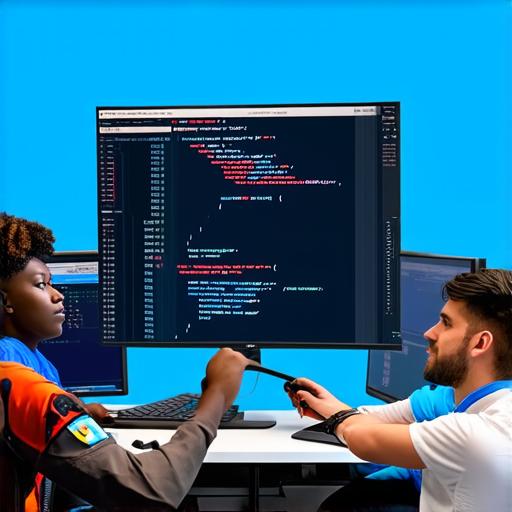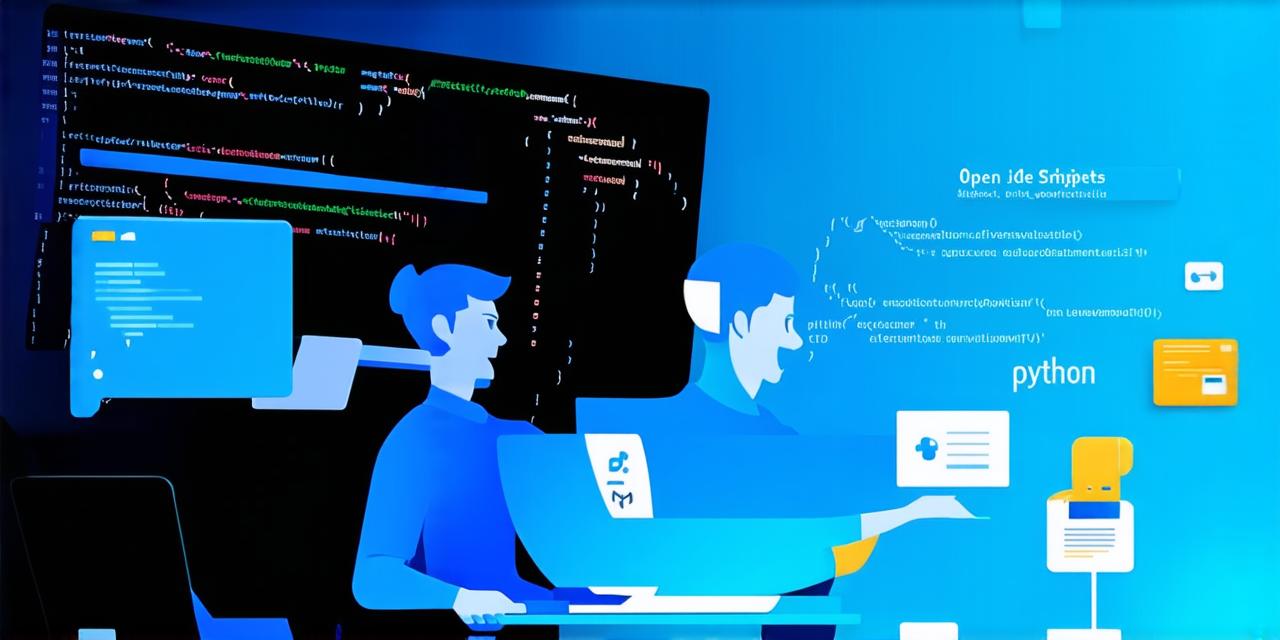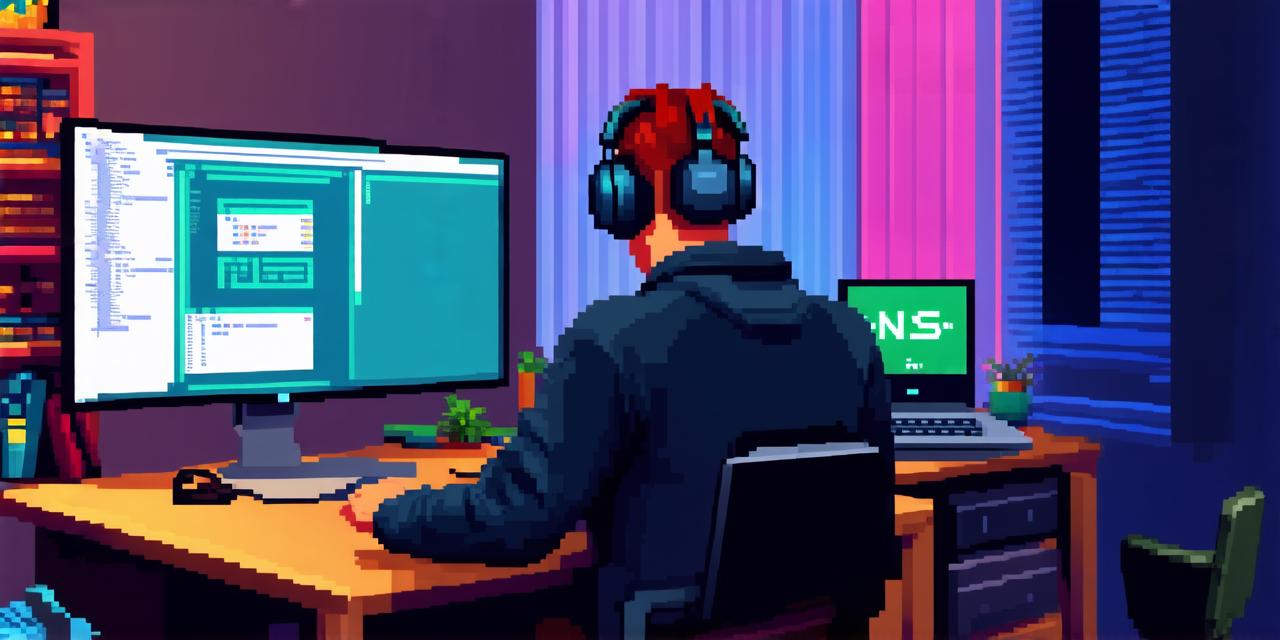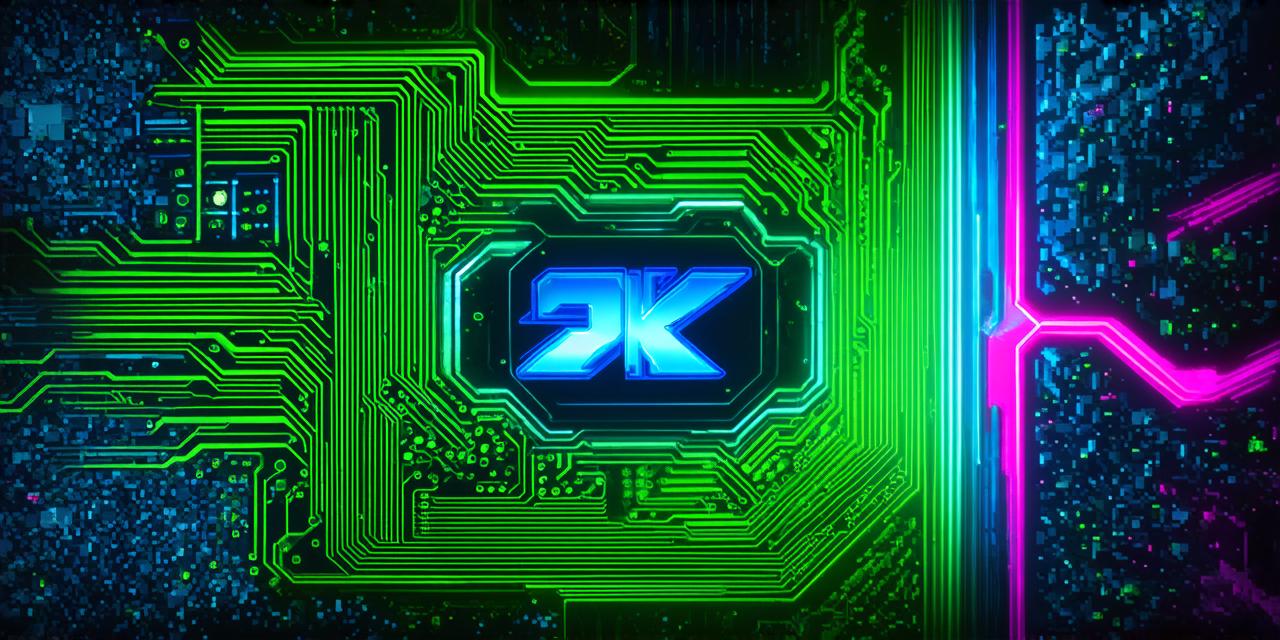Game development is a rapidly growing field that requires a wide range of skills and knowledge. One of the most popular languages used in game development is Python. In this article, we will explore how to create games using Python and discuss its benefits for game developers.
Getting Started with Game Development in Python
Python is a versatile language that is easy to learn and use. It has a vast library of modules and packages that make it easier for game developers to create games without having to write complex code from scratch. Some of the most popular libraries used in game development are Pygame, Kivy, and PyOpenGL.
Pygame
Pygame is a set of Python bindings for the C/C++ programming language SDL (Simple DirectMedia). It provides game developers with an easy-to-use interface for creating 2D games. With Pygame, you can create games for various platforms, including Windows, Linux, and macOS.
Kivy
Kivy is another popular library used in game development. It is an open-source framework that allows game developers to create games using Python and other programming languages. Kivy provides a wide range of tools and features, including 3D graphics, animations, and user interfaces.
PyOpenGL
PyOpenGL is a set of Python bindings for the OpenGL API. It provides game developers with an easy-to-use interface for creating 3D games. With PyOpenGL, you can create games for various platforms, including Windows, Linux, and macOS.
Benefits of Using Python for Game Development
Python is a popular language used in game development due to its many benefits. Here are some of the benefits of using Python for game development:
-
Easy to Learn and Use
-
Cross-Platform Compatibility
-
Faster Development Cycle
-
Large Community Support
Case Study: Creating a Game Using Pygame
Let’s take a look at an example of how to create a simple game using Pygame. In this example, we will create a “Pong” clone game.
Step 1: Install Pygame
<p>pip install pygame</p>Step 2: Create the Game Code
Here’s the code for our Pong clone game:
python
import pygame
import random
Initialize Pygame

pygame.init()
Set up the display
display_width = 800
display_height = 600
screen = pygame.display.set_mode((display_width, display_height))
pygame.display.set_caption("Pong")
Load images
ball_image = pygame.image.load("ball.png")
paddle_image = pygame.image.load("paddle.png")
Set up variables
ball_x = display_width / 2
ball_y = display_height / 2
ball_speed = 5
ball_direction = (random.randint(-1, 1), random.randint(-1, 1))
paddle_x = display_width / 2 – 20
paddle_y = display_height / 2 – 10
paddle_speed = 5
Set up fonts
font = pygame.font.SysFont("Arial", 36)
score_font = pygame.font.SysFont("Arial", 24)
Set up game loop
running = True
while running:
Handle events
for event in pygame.event.get():
if event.type == pygame.QUIT:
running = False
if event.type == pygame.KEYDOWN and event.key == pygame.K_LEFT:
paddle_x -= paddle_speed
if event.type == pygame.KEYDOWN and event.key == pygame.K_RIGHT:
paddle_x += paddle_speed
# Update ball movement
ball_x += ball_direction[0] * ball_speed
if ball_x < 0 or ball_x > display_width:
ball_direction[0] = -ball_direction[0]
ball_x += ball_direction[0] * ball_speed
if ball_y < 0 or ball_y > display_height:
ball_direction[1] = -ball_direction[1]
ball_y += ball_direction[1] * ball_speed
# Update paddle movement
paddle_x -= paddle_speed
if paddle_x < 0 or paddle_x > display_width - 20:
paddle_x = display_width / 2 - 20
# Draw the game objects
screen.fill((0, 0, 0))
screen.blit(ball_image, (ball_x, ball_y))
screen.blit(paddle_image, (paddle_x, paddle_y))
pygame.display.update()Quit Pygame
pygame.quit()
Step 3: Run the Game
<p>python pong.py</p>The game should now be running on your screen. You can use the arrow keys to control the paddles and play the game.
Summary
In conclusion, Python is a popular language used in game development due to its many benefits. It is easy to learn and use, has cross-platform compatibility, provides a faster development cycle, and has a large community support. By using Pygame, Kivy, or PyOpenGL, game developers can create games for various platforms with minimal coding experience. With the vast library of modules and packages available in Python, game development has never been easier.




